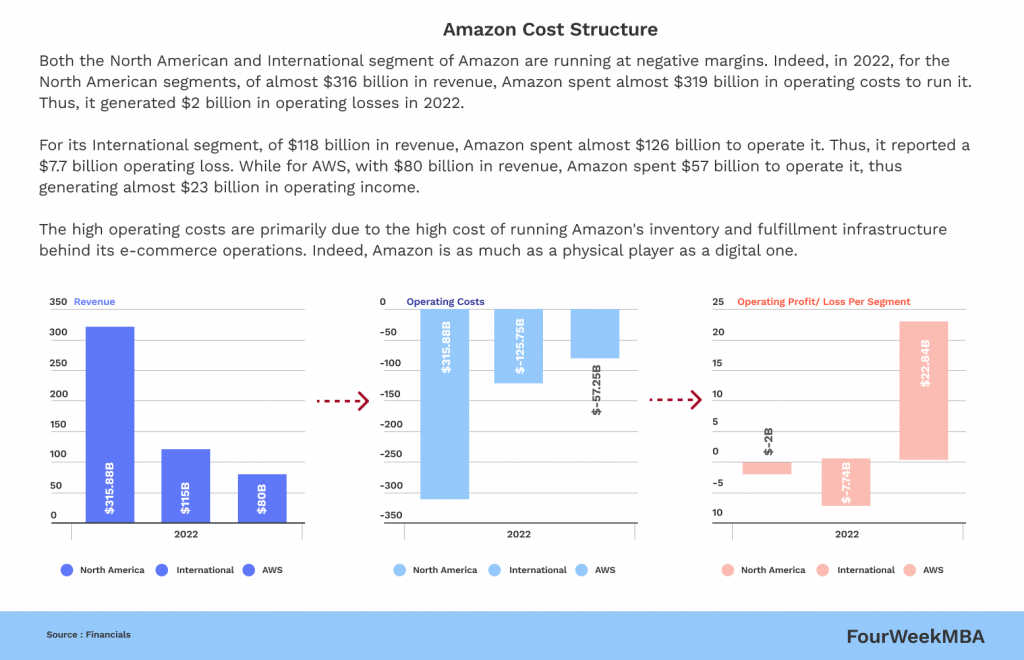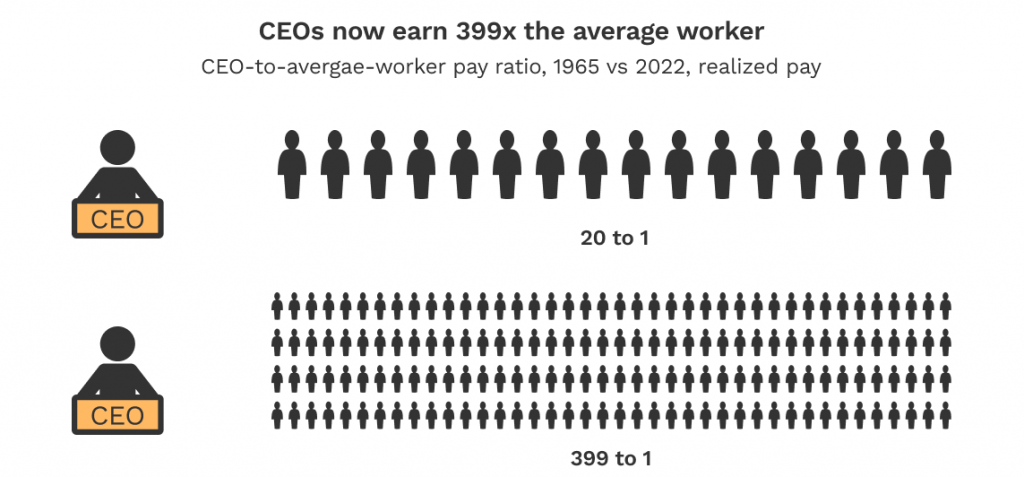Is Amazon Invading Your Space (Too)? 3 Steps to Fight Back
Is Amazon Invading Your Space (Too)? 3 Steps to Fight Back
What do Whole Foods, Audible, Woot, Zappos, Goodreads, Twitch, Ring, iRobot, and Metro-Goldwyn-Mayer all have in common?
These market leaders dominate their niche, but they have another thing in common: Amazon acquired them all within the last 15 years.
Initially an online book retailer in 1994, Amazon didn’t wait long to start acquiring competitors. By the end of the 90s, they had made over a dozen acquisitions, and by 2020, Amazon had made their 100th purchase. Today, they dominate nearly every market, leading more and more ecommerce companies to wonder, “How do I fight back?”
In the Amazon rainforest, invasive species are a prime concern. For the online supergiant, invasion is just a part of the game. As Amazon encroaches on more online spaces, these three steps will help you reclaim your market share and triumph over “the everything store.”
Key Takeaways:
- Specialization is the best way for a niche company to win against a generalist like Amazon.
- Personalization is all about meeting your customers’ unique needs and building relationships.
- Leverage is the practice of making the most of your data through up-to-date software tools.
- No matter your size or your industry, Hypersonix can help you thrive.
Step #1: Specialize
Despite being the fifth largest company in the world by market cap, Amazon is not universally profitable. Without AWS, their popular cloud computing platform, Amazon is barely profitable in some years and not profitable at all in others.
Amazon succeeds because they’re generalists, but that approach requires an enormous amount of infrastructure and resources. Unless you have the brand recognition of Walmart or Apple (two of Amazon’s closest ecommerce competitors), specialization moves the battle to your turf.

Focus on Your Niche
Before acquiring Audible in 2008, Amazon attempted to break into the audiobook niche with its own audiobook platform without success. Despite Amazon’s success, the company struggled outside its niche, leading to the purchase of Audible.
While Amazon has a stake in virtually every niche, they don’t (and can’t) excel at everything. In many cases, Amazon has acquired major industry players to create the illusion of domination. In reality, they dominate broadly but not in niches.
In other words, Amazon is somewhat successful in nearly every ecommerce niche, posing a challenge to generalists like Walmart and Target. However, businesses that focus on serving a niche can still fight back.
Streamline Your Operation
One strategy is to streamline your operation by moving away from a top-heavy corporate structure, focusing on what you do best. For instance, NetDragon (a Hong Kong-based gaming company) replaced their CEO with an AI tool on a $0 salary, outperforming the Hong Kong stock market.
On average, CEOs earn 399x as much as an average worker. As you explore AI tools, remember that the most replaceable roles are not always the lowest paid.
Big-picture decision-making isn’t the only job that AI can help with. Automation tools can help your data scientists, legal team, and sales staff operate more efficiently as well.

Build a Strong Brand
Bombas, Warby Parker, Patagonia – these three brands not only sell directly to consumers, but they’re also successful partly because they built strong brands.
Building a strong brand doesn’t just help get the word out. It’s an important part of cultivating brand loyalty – a vital aspect of ecommerce success.
Step #2: Personalize
Specialization is about your company: your strengths, your niche, and how you represent your brand.
Personalization is the other side of the coin: instead of your company, personalization focuses on your customers.
Add Value
What do your customers value? If they’re budget-conscious, add value by providing sales, coupons, and special offers. If they’re relationship-driven, engage them in online discussions on social media and web forums. If they’re knowledge-oriented, provide informative blog posts and tutorials.
These strategies help differentiate you from Amazon and can also attract a wider pool of customers.
Emphasize Customer Relationships
Post-COVID-19, social media has become a nexus for ecommerce engagement. Many consumers start their shopping journey on social media and expect to be able to communicate with a brand directly – an area where Amazon falls short.
Consumers used to interact with cashiers or salespeople. Now, consumers expect to have a relationship with the brand. By focusing on relationships and interaction through things like customer service chatbots and value-added content (blogs, webinars, etc.), you can make the most of your existing resources.
Encourage Customer Reviews
Digital migration means consumers learn about your reputation not just through advertisements and word of mouth but also from reviews left by other (often anonymous) customers.
For a company specializing in low-quality products, that may be bad news. However, for companies that take pride in their work, this represents an opportunity to burnish your company’s reputation by prompting customers to leave positive reviews.

Step #3: Leverage
If specialization and personalization are two sides of a coin, leverage is the other of the coin – the part that nobody else sees but that makes up the majority of its substance. Leverage is about the tools you’ve built your business on and how you use those tools to your advantage.
Data Analytics
One of Amazon’s early keys to success was acquiring data analytics companies specializing in ecommerce. Whether you use it or not, your company generates a huge amount of data with every transaction.
Data analytics employs algorithms and machine learning to identify patterns. It could tell you what time of year is best to hold a sale, what customer demographic will be most receptive to a marketing campaign, or what your pricing strategy should be.
Pricing Strategies
The rise of ecommerce comes with a wave of new possibilities for retailers. Amazon famously uses a dynamic pricing strategy, adjusting prices constantly based on a wide variety of factors (supply, demand, competitor prices, season, etc.).
By leveraging your data analytics, you can sculpt data-driven pricing strategies suitable for your company, customers, and products. While Amazon has a head start in data collection, you have more agility.
Profit Optimization
You’re in business for many reasons: to provide a good or service, pursue a passion, or any number of other possibilities. But among the many reasons you’re in business, one of them is to make a profit.
Profit optimization involves strategically analyzing various factors of your business to maximize your profit. Every company does some version of price optimization strategy, often a manual one, but truly successful businesses use the best tools for the job.
Hypersonix: Your Ally Against Amazon
As leaders in pricing intelligence, Hypersonix empowers you to reclaim your niche through AI-powered data analytics and profit optimization.
Our platform proactively monitors your data for trends, makes smart pricing strategy recommendations, and intelligently identifies risks and opportunities. This gives you the power to thrive, even in the face of Amazon’s invasion.
Discover how Hypersonix can help optimize your profit. Request a demo today.
.png)
.png)



